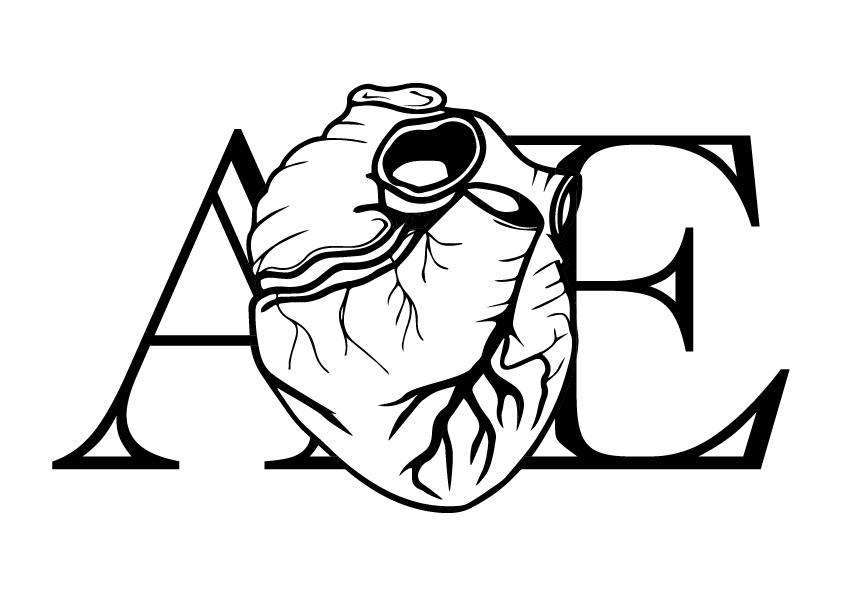Catheter ablation with Vein of Marshall ethanol infusion for persistent atrial fibrillation
Sebastián Giacoman, María Algarra, Ana Delia Ruiz, Jose Miguel Lozano. Group of electrophysiologists focused on intracardiac echocardiography and cardiac anatomy, Arrhythmia Unit of the Hospital Universitario Clínico San Cecilio, Granada, Spain.
Male 74-years-old, history of long persistent (> 1 year) symptomatic AF, functional class II, severe dilatation of left atrium (55.2ml/m2) and preserved biventricular systolic function. For a rhythm control strategy, we proposed isolation of pulmonary veins along with Vein of Marshall (VOM) ethanol infusion (Figure 1 for baseline ECG).
The venous system of the heart has become of mayor interest as ablation target in atrial arrhythmias, for its participation in triggering and maintenance of focal and reentrant tachycardias as well as more complex substrates as persistent atrial fibrillation. The vein of Marshall, as the rest of the venous system of the heart, is surrounded by muscular bands which may function as epicardial pathways in endo-epicardial circuits as perimitral flutter. It is feasible to cannulate in 70% of patients and, for the last years, retrograde ethanol infusion has become an option for ablation of surrounding atrial epicardial myocardial and nervous tissue. Recently, the VENUS trial reported (1) more efficacy in the long-term suppression of persistent atrial fibrillation adding this approach to conventional pulmonary veins isolation versus pulmonary veins isolation alone.

In this case, we performed the left atrial electroanatomical and voltage maps in an ablation-naïve patient with persistent atrial fibrillation. Secondly, we cannulated the coronary sinus with a steerable Abbott Agilis LRG curl sheath and performed an occlusive venography with a Swan-Ganz balloon, depicting the presence and course of the VOM. Thereafter, we advanced a superstiff 0.014” angioplasty wire, a JR4 catheter and a 2x8mm OTW (“over the wire”) angioplasty balloon for a selective VOM venography. Finally, after saline washup of the system, we administered 4 cc of 99% ethanol in slow infusion (1cc/min) before catheters withdrawal.
A second electroanatomic voltage map showed abolition of electrograms at the endocardial ridge between left atrial appendage and left upper pulmonary vein. To finish with, we performed radiofrequency antral encircling of the pulmonary veins. We summarize the case in the attached video. Note the voltage map and ICE images of left atrial lateral ridge, VOM venography, second voltage map and enhaced echogenicity of the ablated tissue at lateral ridge after ethanol infusion. ICE: intracardiac echocardiography, LIPV: left inferior pulmonary vein, LA: left atrium
Video 1

References
. Valderrábano M, Peterson LE, Swarup V, et al. Effect of Catheter Ablation With Vein of Marshall Ethanol Infusion vs Catheter Ablation Alone on Persistent Atrial Fibrillation: The VENUS Randomized Clinical Trial. JAMA. 2020;324(16):1620–1628. https://jamanetwork.com/journals/jama/fullarticle/2772281
Anatomical correlates
By Cabrera & Sánchez-Quintana

-
In 1850 John Marshall described a vestigial fold of the pericardium that is the developmental vestige of the obsolete left common cardinal vein and associated structures (embryonic left superior vena cava) that contains fibrous bands, small blood vessels and nervous filaments enveloped in fat. This structure came to be known as the ligament of Marshall (LOM) and contains the oblique vein of Marshall (VOM) that drains where the coronary sinus becomes the great cardiac vein (Figure 3). LAA: left atrial appendage, LIPV: left inferior pulmonary vein, LSPV: left superior ùlmonary vein, LV: left ventricle, RIPV: right inferior pulmonary vein, RSPV: right superior pulmonary vein, SCV: superior caval vein

-
The ligament/vein of Marshall course obliquely above the left atrial appendage (LAA) and can be traced laterally to the left superior pulmonary vein (LSPV) in the epicardial aspect of the left lateral ridge (superior part of the leftward extension of the Bachmann´s bundle) in close anatomic relation with the mitral isthmus (Figures 3-4).
-
The vein is present in 85%– 95% of the population with a length of 2–3 cm) and its superior part can be obliterated by fibrosis. Complete fibrosis or obliteration in the form of a cord is seen in 5%–12% of cases. The average diameter is 1 mm (0.4–1.8 mm), and the angle with the coronary sinus varies between 25° and 50°. The VOM/LOM course superficially in the ridge at variable distances from the endocardial surface (range 1.7–3.5 mm). Endocardially the ridge is formed by the muscular septoatrial bundle (Figure 4,5).
-
Impulse propagated through the interatrial Bachmann´s bundle or the endocardial septoatrial bundle could excite the Marshall structures (the oblique vein and ligament) and the nearby autonomic nervous system (Figure 4,5).

-
The Marshall structures consists of multiple cholinergic and sympathetic nerve fibers, parasympathetic ganglia, blood vessels and multiple striated myocardial tracts (Marshall Bundles). The Marshall bundles forms multiple complex connections with adjacent atrial myocardium (posterior left atrial free wall) and the coronary sinus (CS) musculature. These muscle tracts are well insulated by fibrofatty tissue and increased in density around the vein at the coronary sinus juncture and adjacent to the Left PVs contained numerous paraympathetic ganglia and fibres of the autonomic nervous system. Note in figure 5 the transverse section showing epicardial ganglion (G) and nerve bundles (N) in the vicinity of the vein of the myocardium of the bundle (Figure 5).
References
Marshall J. On the development of the great anterior veins in man and mammalian: including an account of certain remnants of foetal structure found in the adult, a comparative view of these great veins in the different mammalia, and an analysis of their occasional peculiarities in the human subject. Philos Trans R Soc Lond 140: 133–169, 1850
Cabrera JA, Ho SY, Climent V, Sánchez-Quintana D. The architecture of the left lateral atrial wall: a particular anatomic region with implications for ablation of atrial fibrillation, European Heart Journal, Volume 29, Issue 3, February 2008, Pages 356–362, https://doi.org/10.1093/eurheartj/ehm606
Saremi F, Muresian H, Sánchez-Quintana D. Coronary veins: comprehensive CT-anatomic classification and review of variants and clinical implications. Radiographics. 2012 Jan-Feb;32(1):E1-32. https://doi.org/10.1148/rg.321115014
Ulphani JS, Arora R, Cain JH, et al. The ligament of Marshall as a parasympathetic conduit. Am J Physiol Heart Circ Physiol. 2007;293(3):H1629-H1635. https://journals.physiology.org/doi/full/10.1152/ajpheart.00139.2007
Kim DT, Lai AC, Hwang C, et al. The ligament of Marshall: a structural analysis in human hearts with implications for atrial arrhythmias. J Am Coll Cardiol. 2000;36(4):1324-1327. https://doi:10.1016/S0735-1097(00)00819-6



